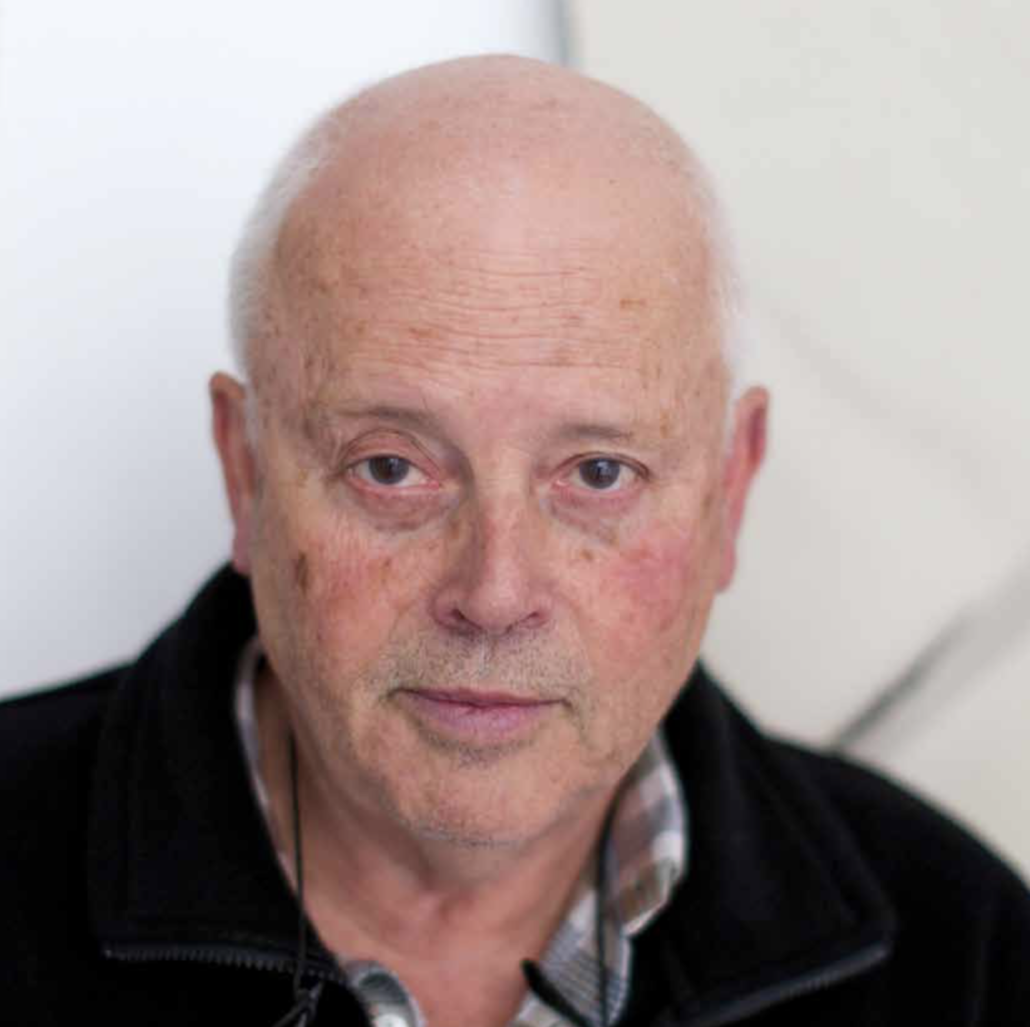Collector Box
In the mass, like in nature, no two things are ever alike.
In the mass, like in nature, no two things are ever alike.

Thomas Bayrle was born in Berlin in 1937, he is one of the pioneers of European pop art and has been using The Laughing Cow® logo in his work since 1967.
Thomas Bayrle has acquired an international reputation with his photography, graphic works, sculptures and objects inspired by pop culture. Prior to his studies in art, he trained as a weaver. This background makes itself felt in his current artistic production.
Bayrle’s works have been exhibited in many international museums and institutions, including Portikus, Frankfurt/Main (1990, 1994); Museum für Moderne Kunst, Frankfurt/Main (2002, 2006); Museum Ludwig, Cologne (2008); Museu d’Art Contemporani, Barcelona (2009) and Musée d’art Moderne et Contemporain, Geneva (2009). He has also participated in numerous group exhibitions, including documenta in Kassel (1964, 1977, 2012), and the Venice Biennale (2003, 2009).


Before his art studies, Thomas Bayrle was trained as a weaver. This is an aspect that should not be overlooked when studying his artistic work. References to the field of weaving indeed hold a large place in his work, such as the warp and the weft, but also the relationship to the surface, to horizontal reality, unlike the verticality with which he feels fewer affinities.
Since 1967, Thomas Bayrle has used the techniques of artistic collage to weave individual images into an overall picture, into what he refers to as a super form. Hundreds of tiny aeroplanes make up one gigantic aeroplane picture; hundreds of individual flowers form a dancer; and a collage of tiny beer glasses reveals one large beer glass.
His proposal for the Collector’s Edition Box refers to visual perception, a common theme in his work. The mass of cows—a whole herd—is, however, far more individual than it might seem at first glance; some are blue, some red, some spotted. Gradually a face appears: it is not a drawing, but it can be made out by the naked eye. Some people may see the cows first, others the face, and we may alternate between the two views, in an amusing game of perceptions.
A topic Bayrle frequently explores is society: its manifestations and the principles by which it functions, its repetitions and variations, the individual and the mass, and the ensuing wide variety of possible relationships. Returning to weaving, one can see the woven textile as an analogy to society in its broad horizontality and interrelationships. As Bayrle sees it, nature and its concomitant society produce both—the mass and the individual.